Qualcomm has been hyping up the Snapdragon 8 Gen 4 since last year, confirming that it would be the first Snapdragon smartphone chip with a custom Oryon CPU. Now, the company has revealed the new processor, and it’s actually called the Snapdragon 8 Elite.
The new processor is expected to power tons of flagship Android smartphones at the end of the year and in 2025. So, what are the most significant improvements? Here’s what you should know.
The CPU is a major leap forward for smartphones (on paper)
The Snapdragon 8 Elite is indeed the first smartphone processor with the firm’s custom Oryon CPU cores, as the company ditches off-the-shelf Arm CPU designs for the first time since 2016. Expect an octa-core CPU featuring two so-called prime cores and six performance cores. Yep, Qualcomm has finally ditched little or efficiency cores, in line with arch-rival MediaTek. It’s also worth noting that it isn’t using different cores for the prime and performance cores as they share the same microarchitecture. However, Qualcomm told us that the prime cores are tuned for single-threaded tasks while the performance cores are optimized for multi-threaded workloads.
The Snapdragon 8 Elite's custom CPU brings a blazing-fast clock speed and promises a 45% performance boost over the Snapdragon 8 Gen 3.
Qualcomm says the Snapdragon 8 Elite’s prime CPU cores clock in at a screaming 4.32GHz, which might be a new high for commercial smartphone chips. Meanwhile, the performance cores top out at a still impressive 3.53GHz. The firm is also offering 12MB of L2 cache for each core cluster. The clock speed boost, the switch to a custom CPU, more cache, and the move to TSMC’s 3nm process result in a CPU that’s up to 44% more efficient than the Snapdragon 8 Gen 3 CPU. Qualcomm also claims a 45% boost to single-core and multi-core performance.
All of this makes for a very impressive CPU upgrade on paper. However, we’ll need to wait for final benchmarks and commercial devices to see whether we are indeed looking at the new performance king of smartphones.
It gets a big GPU boost too
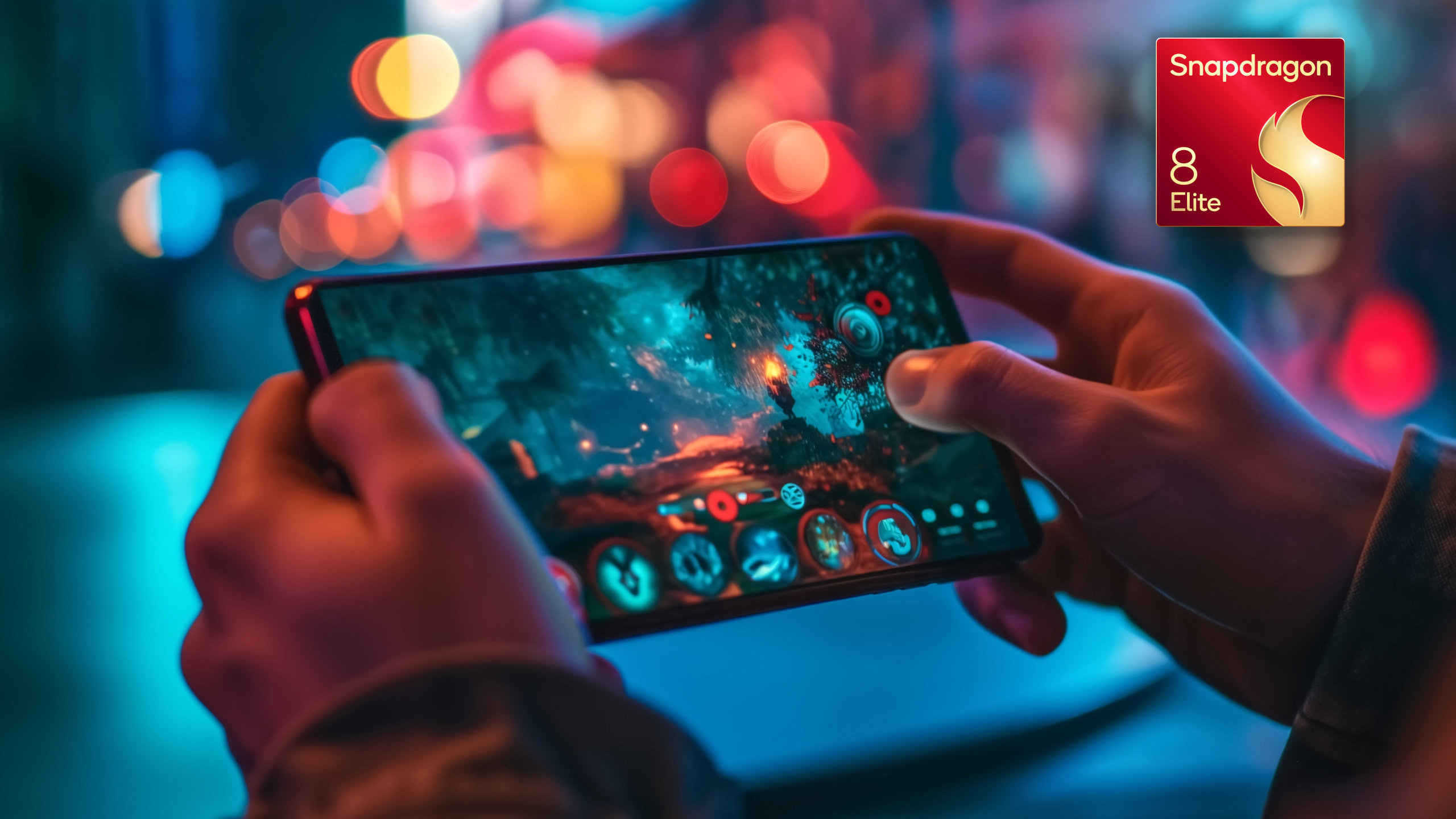
The Snapdragon 8 Elite’s CPU is certainly getting a lot of attention, but the processor’s GPU has also received some significant upgrades. For starters, the company has switched to a so-called sliced architecture, which sees the shader cores and fixed function blocks moved into individual slices for more flexible resource allocation. These slices also enjoy their own individual clock speeds.
These improvements translate into a claimed 40% faster performance, 40% power savings, and 35% faster ray tracing performance. Qualcomm asserts that this improved efficiency, in particular, means gaming sessions can last up to 2.5 hours longer. But again, we’ll need to put all of this to the test with real-world devices.
These aren’t the only notable gaming-related announcements from Qualcomm. The chip designer also confirmed that the Snapdragon 8 Elite supports Unreal Engine 5’s Chaos physics engine and Unreal Engine 5’s Nanite developer solution to create games with a ton of geometric detail. It remains to be seen if we’ll actually see any Android games take advantage of this tech in the near future, but these features are still good to have for future console/PC ports.
Earlier this month, Feral Interactive announced that console/PC title GRID Legends was coming to Android, but would only support Snapdragon 8 Gen 2 and 8 Gen 3 devices. Qualcomm has now confirmed that the title will also support the Adaptive Performance Engine 4.0 feature on the Snapdragon 8 Elite for improved sustained performance.
AI hardware that’s built for multimodality
Generative AI continues to be a major theme for smartphone SoCs, and the Snapdragon 8 Elite effectively picks up where the 8 Gen 3 left off. Qualcomm says the Hexagon NPU’s scalar and vector accelerators have both received two more cores, jumping to eight and six cores, respectively. Qualcomm is also tapping the Oryon CPU for “latency-critical” and heavier workloads, freeing up the rest of the AI engine. All of this means the Snapdragon 8 Elite’s NPU is 45% faster and delivers 45% better AI performance per watt.
The Snapdragon 8 Elite brings multimodal AI to the table.
Qualcomm also pointed to a number of benefits, such as a higher token rate and on-device multimodal AI support. In fact, the company says it’ll show off a personalized multimodal AI assistant running on-device in Maui.
The company told Android Authority that the Snapdragon 8 Elite supports up to 70 tokens per second on certain AI models, but it didn’t reveal the size of these models. That’s important as smaller models are less advanced but result in a higher token rate. For comparison’s sake, the Snapdragon 8 Gen 3 could support large language models (LLMs) with 10 billion parameters at “nearly” 15 tokens per second or the Llama 2 7B (seven billion) model at 20 tokens per second.
Camera: The Snapdragon 8 Elite brings more of everything
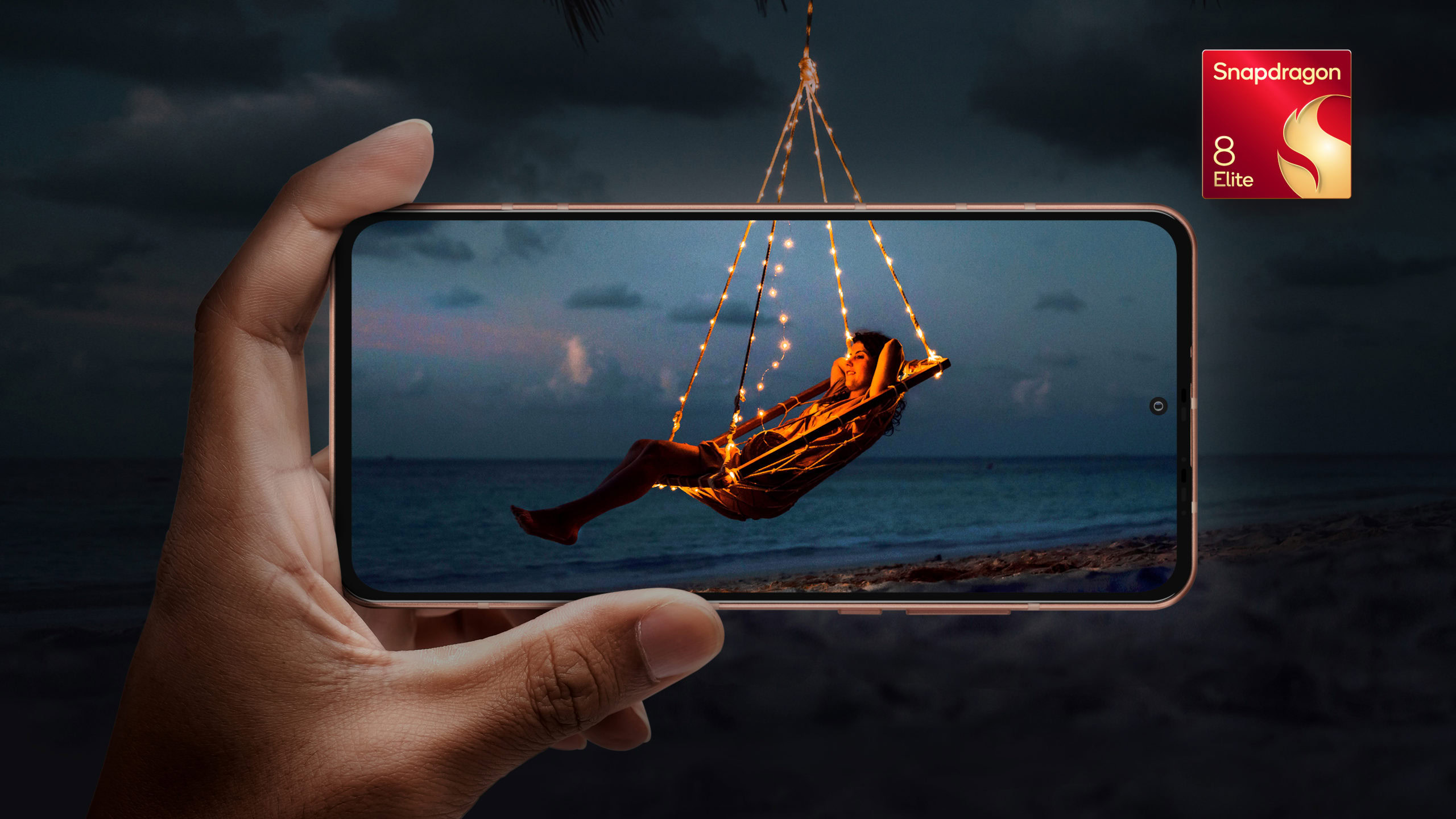
Qualcomm’s AI hardware has become more tightly coupled to imaging hardware in recent years. Now, the Snapdragon 8 Elite has dropped the Spectra ISP (image signal processor) in favor of so-called AI ISP branding to reflect this AI-driven camera experience. One benefit of this tighter integration is that the NPU can now access raw camera data for real-time AI tweaks at 4K/60fps.
The new ISP also offers 4.3 gigapixels per second of throughput, up from 3.2 gigapixels per second in the previous chipset. This speed boost and tighter AI integration enables a number of other improvements, such as simultaneously recording from three 48MP cameras at once, “unlimited” segmentation for photos/videos (technically 250 layers, up from 12 layers), real-time skin and sky tweaks in photos/videos, improved video object eraser tech, and real-time re-lighting for videos (e.g. adding a virtual light source to a video, akin to portrait re-lighting for photos).
Other notable photography-related features include 48MP+48MP+48MP camera support, 108MP single camera support at 30fps, and 320MP snapshot support. That latter figure is a big leap from the 200MP snapshot support seen in the last few generations of Snapdragon chips. In fact, Qualcomm camera chief Judd Heape actually hinted at 320MP being the next stopping point for flagship Snapdragon silicon way back in 2022. Will we actually see phones with 320MP cameras in 2025, though? That’s another story, but both Qualcomm and MediaTek’s support makes this a possibility.
The Snapdragon 8 Elite also delivers improved low-light video capture at 4K/60fps, but those expecting 8K/60fps capture like the Dimensity 9400 might be disappointed. Then again, who knows if we’ll even see phones with this feature in 2025.
UWB for every Snapdragon 8 Elite phone?
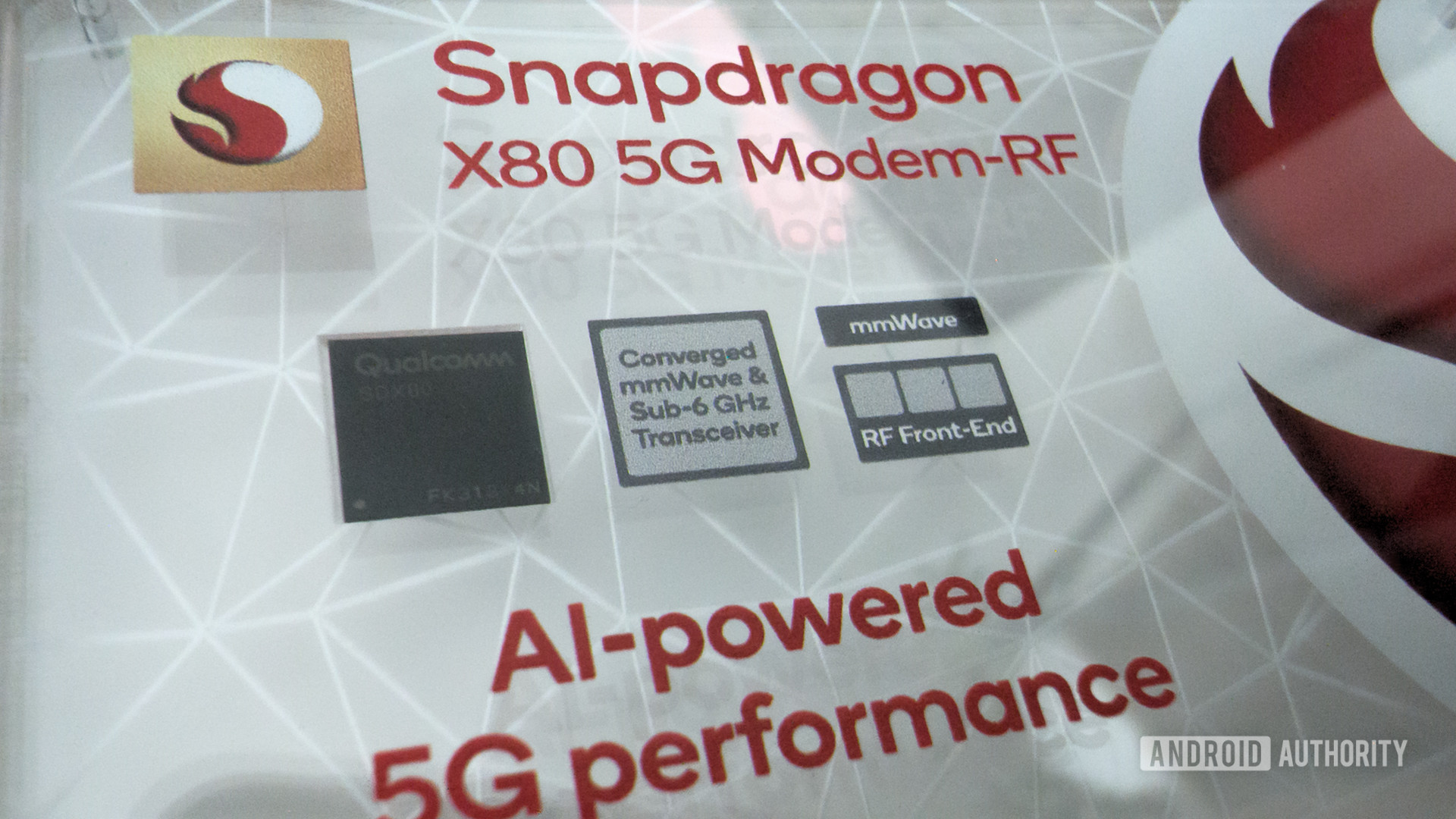
C. Scott Brown / Android Authority
Qualcomm made its name in the mobile space thanks to its class-leading connectivity features, and the Snapdragon 8 Elite continues this tradition. For one, the processor offers the previously announced Snapdragon X80 modem, topping out at 10Gbps downlink and 3.5Gbps uplink speeds. The modem offers Release 17 support and is Release 18 “ready.” The chip designer previously said that the modem also offered 6x carrier aggregation, six-antenna support, AI-based antenna management, and integrated satellite support instead of requiring a separate chip.
The Snapdragon 8 Elite outguns the competition thanks to integrated satellite connectivity and baked-in UWB capabilities.
The Snapdragon 8 Elite also sports the FastConnect 7900 connectivity suite, and Qualcomm says it’s managed to combine Bluetooth, Wi-Fi, and UWB on the same chip for the first time in the industry. Does this mean any phone with the Snapdragon 8 Elite would have UWB? Qualcomm previously told Android Authority that “UWB is fully integrated as a single-chip solution” in the FastConnect 7900 suite.
“OEMs do not need to add any extra UWB hardware,” the company clarified to us this week. That’s a big deal as it suggests UWB is effectively a given on Snapdragon 8 Elite phones. But we’ll need to wait for the first devices to see whether this is indeed the case or if there could be other obstacles in the way (e.g. regulatory concerns, licensing fees, market differentiation tactics).
Otherwise, Qualcomm says the new processor offers “AI-enhanced” Wi-Fi 7, Bluetooth 6.0, Quick Charge 5 capabilities, and Qualcomm’s XPAN audio tech.
Snapdragon 8 Elite specs
CPU Config | Snapdragon 8 Elite 2x 4.32GHz (Oryon) | Snapdragon 8 Gen 3 1x 3.3GHz (Cortex-X4) | Snapdragon 8 Gen 2 1x 3.19GHz (Cortex-X3) |
GPU | Snapdragon 8 Elite Adreno
| Snapdragon 8 Gen 3 Adreno | Snapdragon 8 Gen 2 Adreno 740 |
DSP | Snapdragon 8 Elite Hexagon
| Snapdragon 8 Gen 3 Hexagon | Snapdragon 8 Gen 2 Hexagon |
RAM support | Snapdragon 8 Elite LPDDR5X | Snapdragon 8 Gen 3 LPDDR5X | Snapdragon 8 Gen 2 LPDDR5X |
Camera support | Snapdragon 8 Elite • 320MP single shot | Snapdragon 8 Gen 3 • 200MP single shot | Snapdragon 8 Gen 2 • 200MP single shot |
Video capture | Snapdragon 8 Elite 8K @ 60fps (HDR) | Snapdragon 8 Gen 3 8K @ 30fps (HDR) | Snapdragon 8 Gen 2 8K @ 30fps (HDR) |
Charging | Snapdragon 8 Elite Quick Charge 5 | Snapdragon 8 Gen 3 Quick Charge 5 | Snapdragon 8 Gen 2 Quick Charge 5 |
4G/5G Modem | Snapdragon 8 Elite X80 LTE/5G (integrated) | Snapdragon 8 Gen 3 X75 LTE/5G (integrated) | Snapdragon 8 Gen 2 X70 LTE/5G (integrated) |
Other networking | Snapdragon 8 Elite Bluetooth 6.0 | Snapdragon 8 Gen 3 Bluetooth 5.4 | Snapdragon 8 Gen 2 Bluetooth 5.3 |
Process | Snapdragon 8 Elite TSMC 3nm | Snapdragon 8 Gen 3 TSMC 4nm (N4P) | Snapdragon 8 Gen 2 TSMC 4nm (N4?) |
Who will offer Snapdragon 8 Elite phones?

Qualcomm has confirmed a variety of manufacturers will offer Snapdragon 8 Elite phones, namely ASUS, HONOR, Iqoo, OnePlus, OPPO, Realme, Samsung, vivo, and Xiaomi. The company says the first phones will be available in the coming weeks.
The good news is that we won’t have long to wait as OnePlus has already revealed that the OnePlus 13 will launch on October 31, while HONOR has confirmed an October 30 launch for its Magic 7 series. Nevertheless, we’re expecting the initial Snapdragon 8 Elite phones to be restricted to China at first.
Got a tip? Talk to us! Email our staff at [email protected]. You can stay anonymous or get credit for the info, it's your choice.

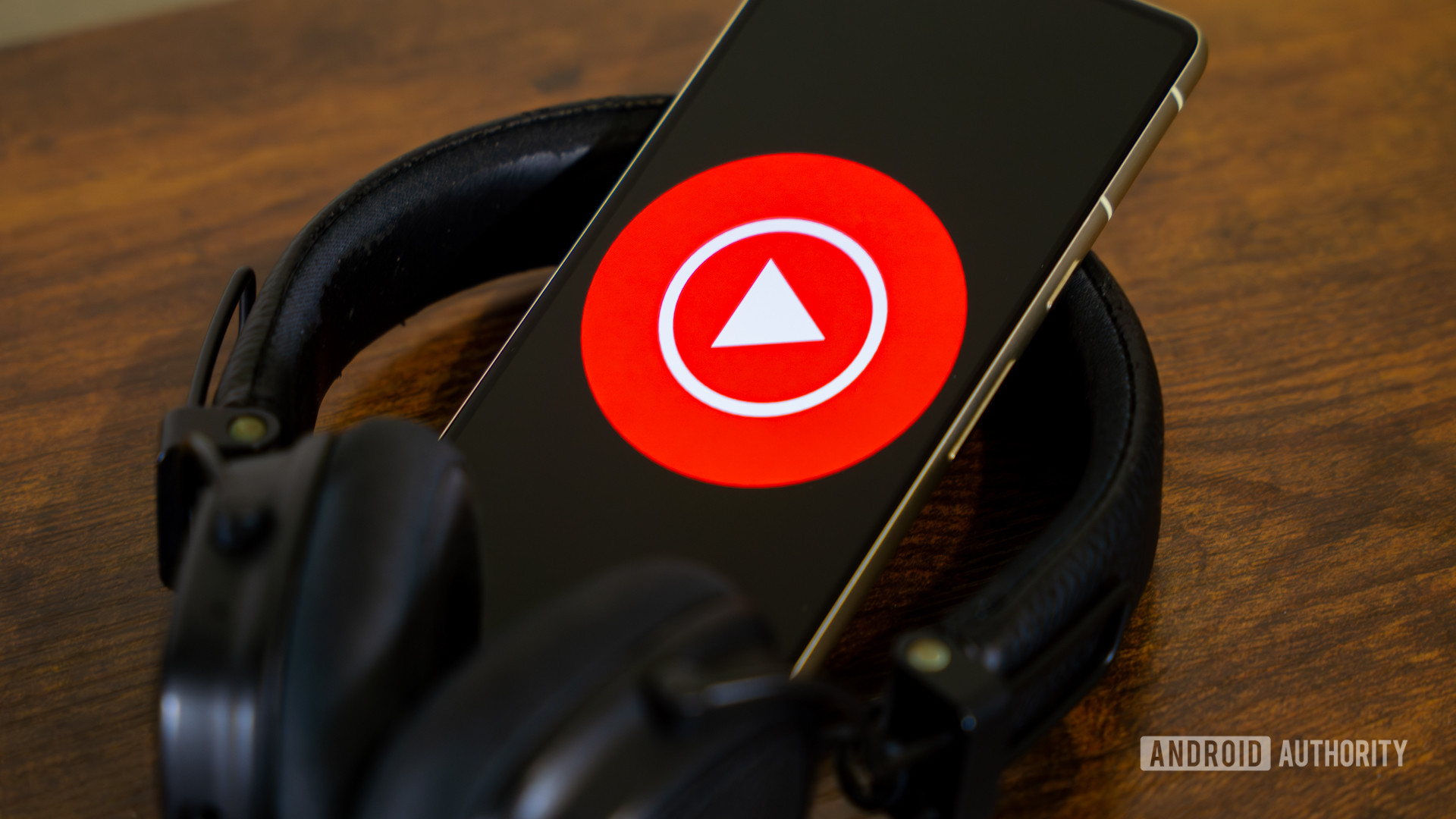

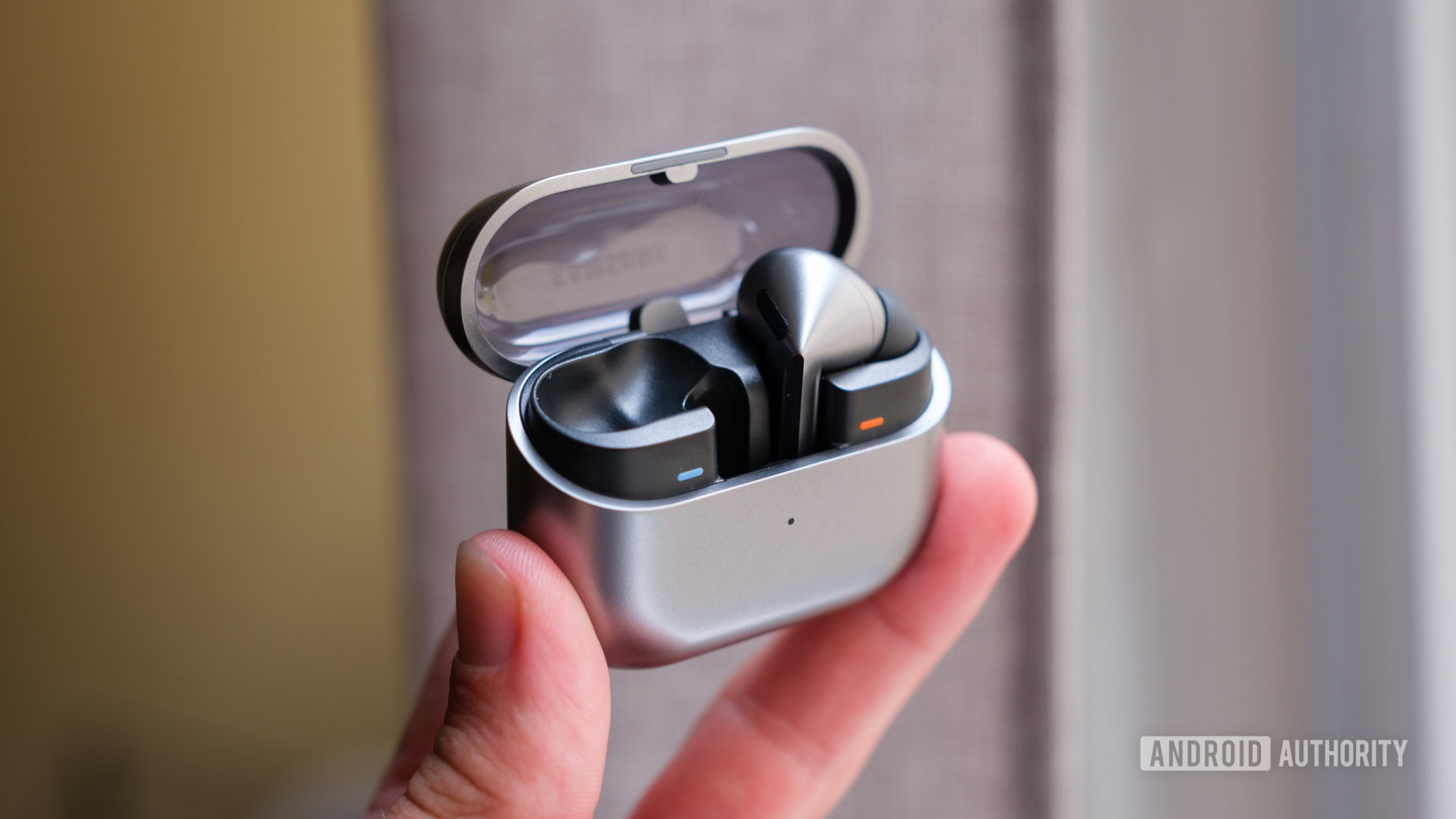




 English (US) ·
English (US) ·